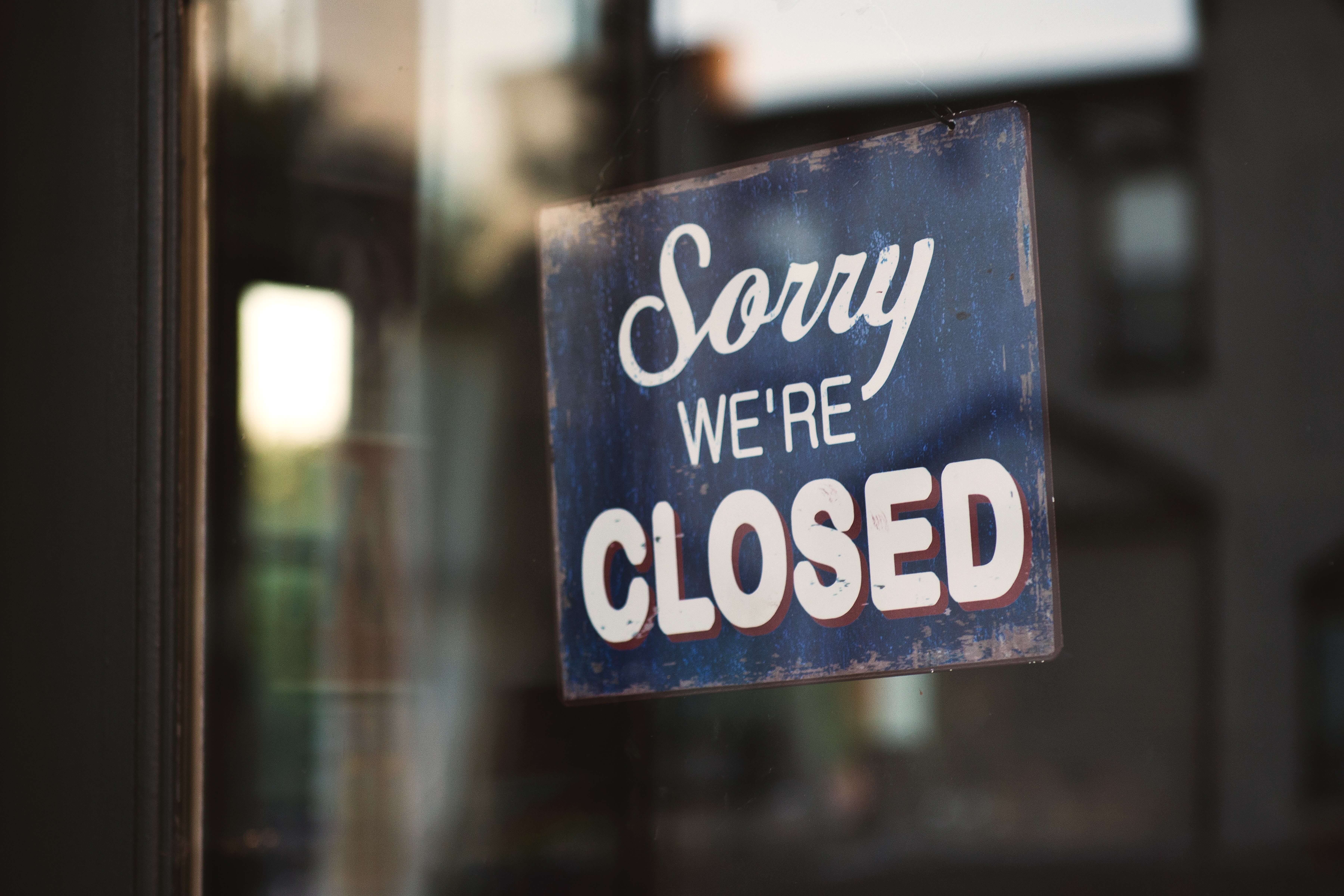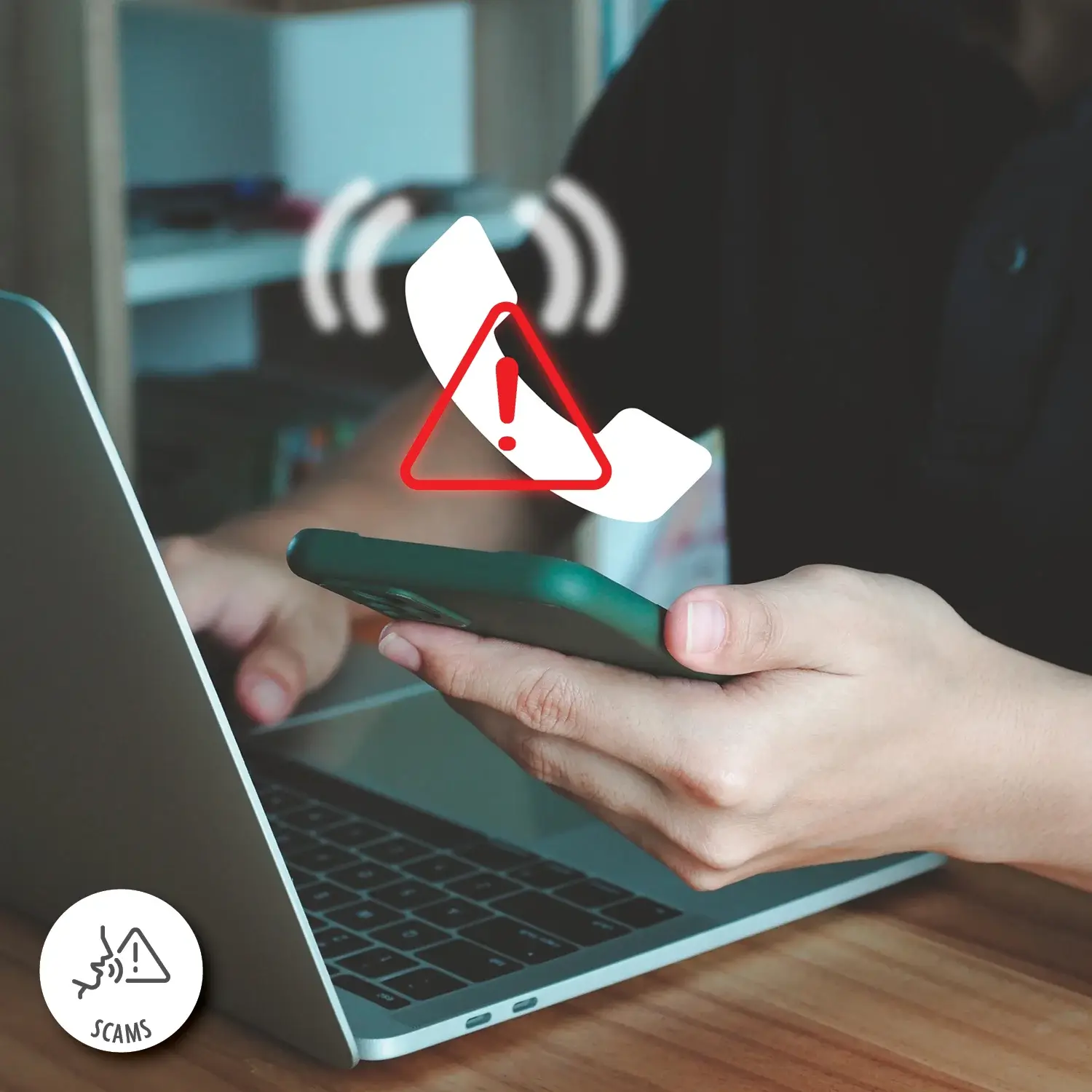
Changes to the PPP
Friday, Jun 26 2020
Small businesses struggling to remain afloat during the economic upheaval caused by the coronavirus pandemic received some relief with the passing of the Paycheck Protection Program (PPP) as part of the historic Coronavirus Aid, Relief, and Economic Security (CARES) Act. On June 5, the Paycheck Protection Program Flexibility Act was signed into law, making significant changes to the PPP program.
The program provides eligible businesses with unsecured loans to help them cover payroll, rent, and other ongoing business expenses. With the possibility of partial or complete loan forgiveness.
Changes to the PPP
Borrowers were required to spend the loan amount within eight weeks under previous guidelines. Additionally, they had to use at least 75% of the funds for payroll expenses. This was especially challenging for businesses that were not operating during this time due to coronavirus lockdowns and business closures.
With the passing of the Flexibility Act, borrowers now have 24 weeks to use their funds. This is from the day they receive them, but not beyond Dec. 31, 2020.
Less money required for payroll
The original loan program required borrowers to spend 75% of a PPP loan on payroll costs. The Flexibility Act lowers this threshold to 60% of the loan amount, with the remaining 40% permissible for mortgage interest, rent or utility payments to obtain full loan forgiveness.
The new guidelines also offer the option of partial loan forgiveness.
If the borrower can maintain the same 60/40 ratio for the forgiven amount. This change comes as welcome relief for businesses located in high-rent areas.
More time to restore business to normal operations
Under the previous guidelines, business owners were required to maintain the average number of employees as of Feb. 15, 2020, and to pay them at the same rate. If this was impossible due to coronavirus-related restrictions, the business had until June 30, 2020, to meet this requirement. The Flexibility Act extends this deadline to Dec. 31, 2020.
More time to repay
Any portion of the loan under previous rules that were not forgiven had to be paid back within 2 years. This date has been extended to five years for loans made on or after June 5. Borrowers who received their loans before June 5 can make an agreement with their lender to extend their repayment period.
According to guidance issued by the SBA on June 8, the payment deferment period is now extended from six months after the end of the covered period to the date the Small Business Association sends the borrower’s loan forgiveness amount to the lender.
Looser restrictions for ex-felons
Individuals who have had felony convictions were not allowed to apply for PPP. The Flexibility Act changes that timeline to just one year. With the exception of charges for fraud, robbery, embezzlement or a false statement on a loan application.
Payroll tax delay
The Flexibility Act allows businesses that took out a PPP loan to delay paying their payroll taxes. As you can see, changes to the PPP will help you get on your feet.
The deadline for PPP loan applications is June 30, 2020. Businesses that have not yet availed themselves to these funds and wish to do so, should take action quickly.




